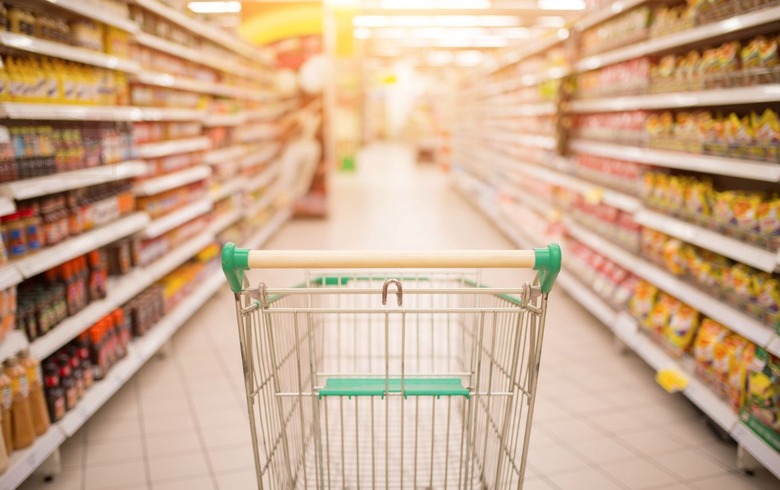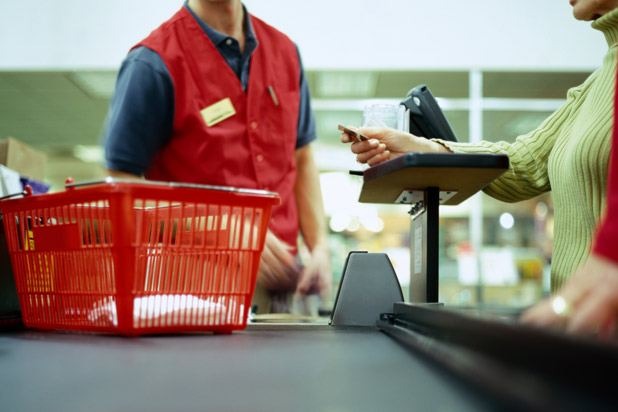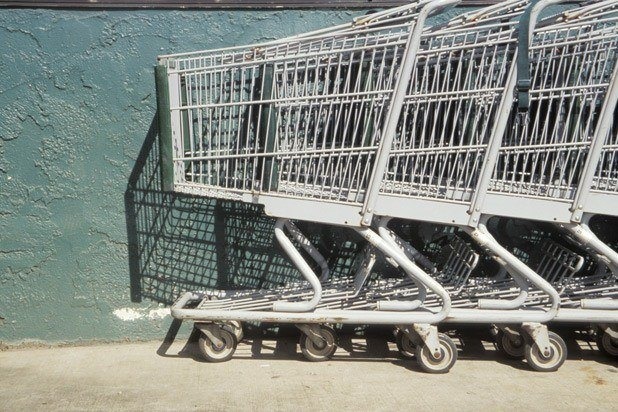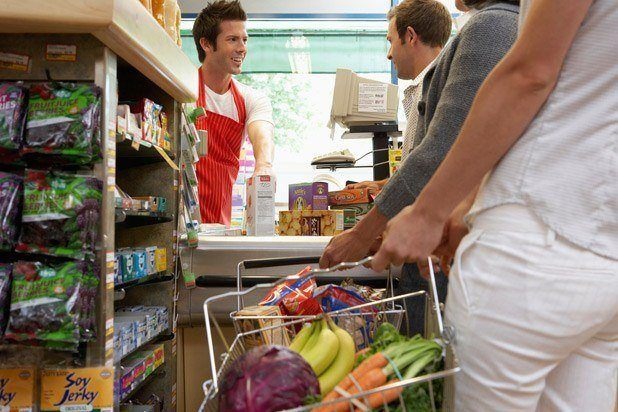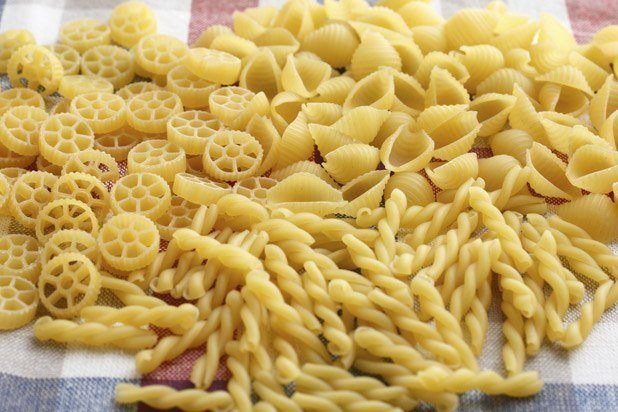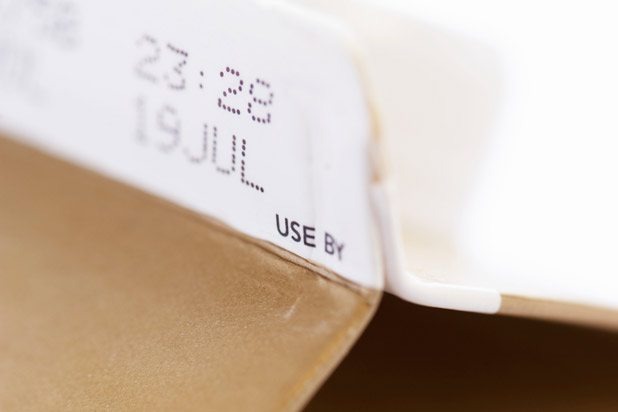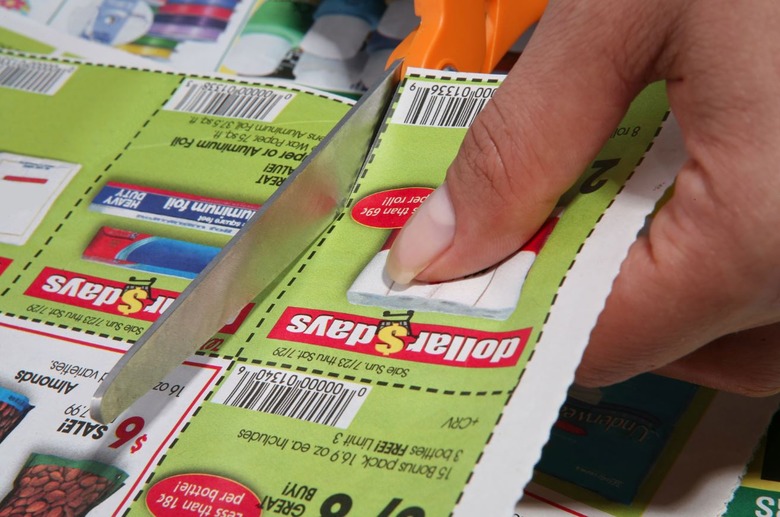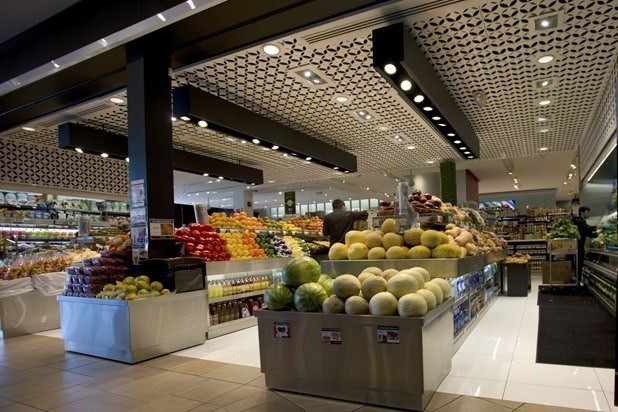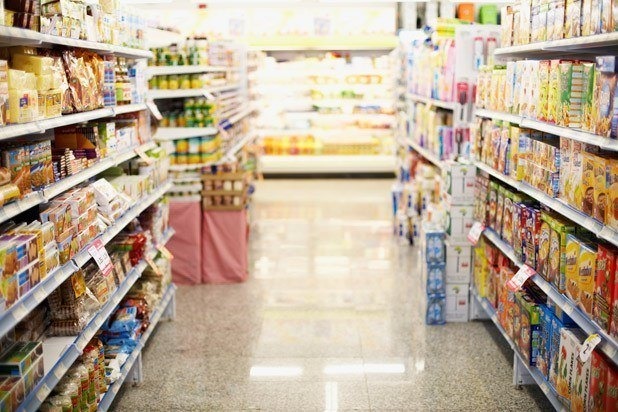Things Your Grocery Store Doesn't Want You To Know
Going grocery shopping is so ingrained into our culture that we usually don't even give it second thought. We grab a cart, walk around the store, pick out the food we want, pay, and leave. But in reality, every supermarket is a well-oiled machine, hell-bent on getting you to spend as much money as possible without even realizing it, and they're got a few tricks up their sleeve to make sure that happens.
Even though the design of most supermarkets can seem a bit chaotic, the layouts are actually scientific, and everything is where it is for a reason. For example, ever wonder why the dairy cases are all the way in the back of the store? It's usually because the loading docks are directly on the other side of those refrigerators, so items can go straight into the case from the refrigerated truck without having to be moved through the whole store, minimizing the risk of the items getting warm. And why are the fruit and vegetables located right near the entrance? Simple: So the first impression you get is one of health and freshness.
Giving the customer the impression that everything is as fresh as possible is a major priority of supermarkets, as is making as much money as possible, which can lead to some questionable practices markets engage in to extend shelf life (pro tip: if it looks like there are two overlapping labels on a package of meat, don't buy it). So remember: stick to your list, don't shop hungry, and if it doesn't look right, don't buy it, no matter what it might say on the label. Read on to learn some secrets that supermarkets would prefer you didn't know.
The Checkout Lines are Tight for a Reason
Have you ever been waiting on the checkout line when you decide that there's an item you'd rather leave behind? Good luck finding a place to put it down; they've been designed so you make the subconscious decision to just purchase it instead of trying to wedge it behind the Life Savers.
Shopping Carts are Filthy
Ever seen someone washing the shopping carts? That's because they don't. Think about how many other people have touched (and possibly left deadly drug residue!) on that handle! We suggest washing your hands before eating anything after shopping, or wiping the handle down before using it; some stores provide wipes near the entrance.
Spraying Water on Produce Doesn’t Keep Them Fresh
There are two reasons why fruit and vegetables get regular sprayings with water: One, to make them look pretty. Two, to add weight to them so they end up costing you more. Not only does the water have nothing to do with keeping them fresh, it actually makes them rot faster.
The Fresh Fruits and Vegetables are Filthy
You know when you pick up a peach to see if it's ripe, then put it back down if it isn't? So did everybody else in the supermarket, and their handsy little kids. And that little spray of water doesn't do much to keep it clean.
The Checkout Line is a Gauntlet of Temptation
All those shiny magazines, candies, gums, and gadgets are in the checkout line because supermarket owners know that you'll be forced to stare at them while you wait your turn. Admit it: you've absentmindedly grabbed something from the checkout line at some point.
They Practice “Food Reconditioning”
If you'd like to be grossed out, just Google "food reconditioning," or don't, because it's gross. But we'll explain it to you anyway. Basically, food companies need to keep their costs as low as possible, so occasionally when food is imperfect or expired, it'll get sent back to the supplier for "reconditioning." Sometimes it's rather benign, like regrinding imperfect pasta into semolina flour. But occasionally it's more nefarious, like the time when moldy applesauce was served to school kids (just blast it with heat before repackaging it, that'll fix it!), or when a bad batch of blueberry ice cream was sent back and turned into chocolate ice cream (just add chocolate!).
Fish is Mislabeled
A study found that up to a third of all fish currently on the market is mislabeled, with expensive fish like tuna being replaced by others that look similar. While most of the counterfeit fish is safe to eat, some of it — like snake mackerel — can cause serious gastric issues.
Expiration Dates are Meaningless
We hate to break it to you, but expiration dates really don't mean much. Sure, Cheez-Its will go stale and milk will go bad a certain number of weeks after packaging, but supermarket meat departments, where they do their own labeling, are generally left up to their own devices (expiration dates aren't mandated by federal law, and most states don't regulate date labeling at all). This means that if an item is set to expire and it still looks okay, supermarkets are allowed to put a new label on, pushing the expiration date back by days or even more than a week. We suggest checking to see when the food first hit the shelf, if possible, or buying meat from a trusted butcher. As for other food products, advocates are pushing for a "best if used by" date instead of an expiration date, because even though something may not be completely fresh, it's probably still edible.
Lots of Items in the Circulars Aren’t Actually on Sale
Those big newspaper inserts aren't actually intended to save you money, they're supposed to make you buy stuff you don't need just because you think they're on sale. Make sure you double check every coupon you're going to use; in some cases the price advertised is exactly the same as the non-coupon price!
They Can Stay Open Even if They Fail Inspections
We see restaurants being shut down after failing health inspections all the time, but have you ever seen a supermarket shut down after failing an inspection? We didn't think so. While grocery stores do get inspected, they're under no obligation to close down and clean things up after they fail, largely because health departments are short-staffed and are too focused on restaurants. You can request to take a look at a supermarket's scores, but they're not published online, and even after they fail an inspection, they're under no obligation to let customers know about it.
Shelves are Stocked Strategically
We've already gone over why the fruit and vegetables are always by the entrance, but what about the arrangement of food in the aisles? You're more likely to purchase the items you see first, so the most expensive items are usually at eye level, with the less expensive ones on the top and bottom shelves. Oh, and the items that are geared toward children? Those are slightly lower down on the shelf, so they're at the eye level of kids. Giving into your kids' impulses is just one of many ways you're wasting money at the supermarket.
More From The Daily Meal:
Ways You're Wasting Money at the Supermarket
Couponer's Secrets That Will Save You up to $100 a Week
